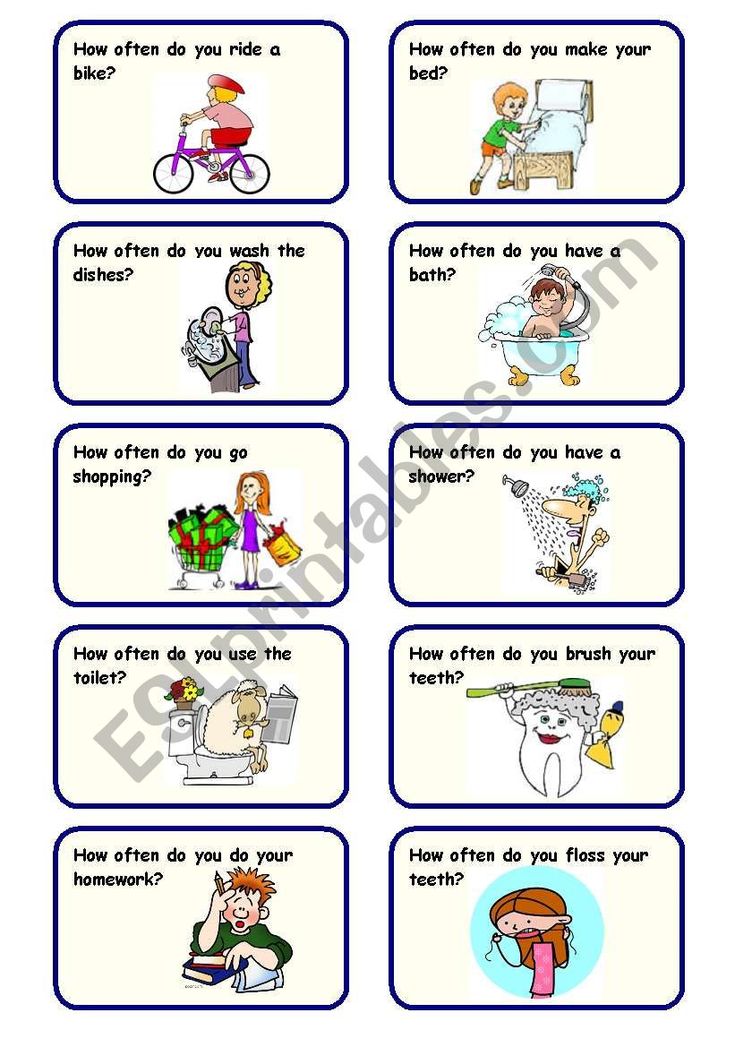Your tire’s “balance” is the weight distribution in each wheel or tire of a vehicle. If the balance of your tires is off, you will start to notice a vibration or wobble at higher speeds. If the wobble is particularly pronounced, it can become dangerous and any vibration through the tires will increase the rate at which they wear. So what causes unbalanced tires and how often should you have them rebalanced?
The leading cause of unbalanced tires is simple wear and tear, but it’s not the only possible reason that your tired might become unbalanced. Driving with poor tire alignment can cause your tires to become unbalanced, as can damaged wheels or bent rims. Unless all four tires are unbalanced, you can normally identify where the imbalance is by where the vibration is coming from. If the front tires are imbalanced, then the vibration will be in the steering wheel.
If the rear tires are unbalanced, then you will feel the vibration through your seat, particularly if you sat in the back.
The vibration, or wobble, from unbalanced tires will grow over time to the point where it can make your car difficult to steer properly, potentially causing an accident. The vibration from unbalanced tires can also damage your car. Your tires will wear down faster and, if the problem is allowed to continue, it will eventually damage your shocks, bearings and even the entire wheel assembly. This damage is not only dangerous, it can be very costly to fix in the long run.
If you notice any of the symptoms of unbalanced tires you should take steps to rectify the situation immediately. Not doing so could put you and your passengers at risk. The best way to avoid this risk is to prevent the situation from happening in the first place. A good rule of thumb is that your tires should be rebalanced every 12,000 miles driven or every other time your tires are rotated. Having your tires rebalanced as part of tire rotation is a quick and easy process that could save you from costly repairs in the future.
Having your tires rebalanced as part of tire rotation is a quick and easy process that could save you from costly repairs in the future.
Northwest Driving School and Traffic School provides the Las Vegas community with live driving and traffic classes taught by seasoned instructors. All of our driving instructors have passed background checks, each automobile is DMV safety-approved and every member of the Northwest family is committed to providing excellent drivers ed and behind the wheel instruction.
At Northwest, you can expect to find outstanding classes, both on campus and behind the wheel, that are engaging, fact-filled, entertaining and geared toward success. We make no bones about it, we believe that Northwest provides the best driving lessons in Las Vegas, no matter your age or background. We are proud of the fact that 98% of our students pass their test on the first try. Call us at (702) 403-1592 to start your driving adventure with one of our expert instructors.
Written by:
Rich Heinrich
Master Instructor, Emeritus
Tire balancing is a tune-up for your wheel-tire set. It makes sure that weight is evenly distributed around the entire circumference of the unit. The common symptoms of out-of-balance tires are uneven and faster tread wear, poor fuel economy, and vibration in the steering wheel, the floorboard or the seat that gets worse at faster speeds.
When all areas of the wheel-tire unit are as equal in weight as possible, the tire will roll smoothly. This helps it wear evenly, for longest life. Balancing also contributes to ride comfort: Imbalanced tires will wobble or hop up and down, which causes vibration. If a front tire isn’t properly balanced you’ll likely feel vibration in the steering wheel. If the problem is in the rear the tremor will be noticeable in the seat or floor.
Imbalanced tires are easily corrected, but the work is precise.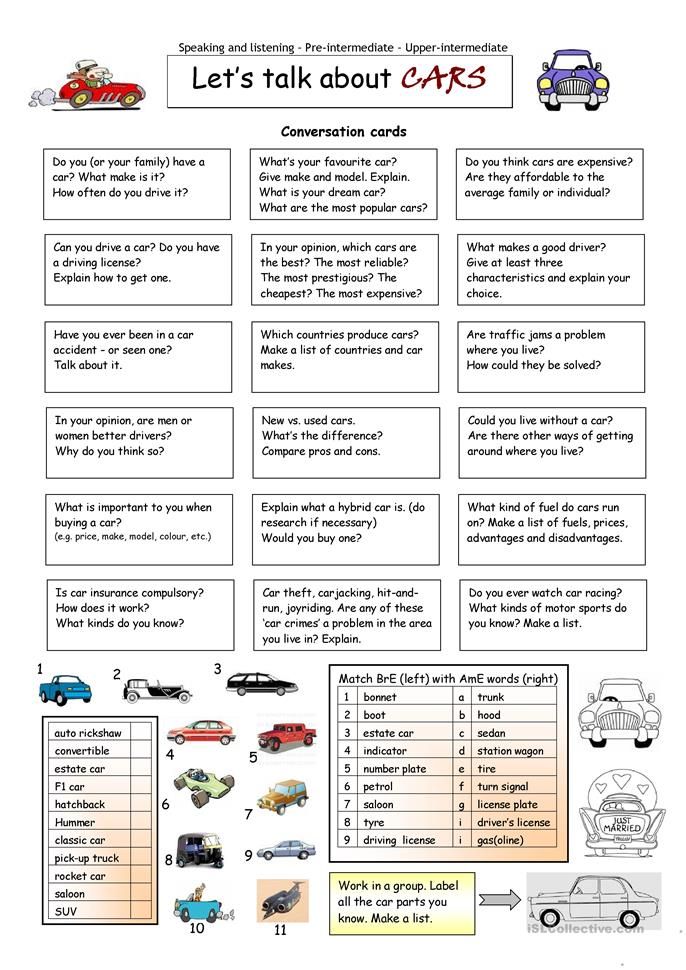 It’s done by attaching small weights, just fractions of ounces, to the wheel.
It’s done by attaching small weights, just fractions of ounces, to the wheel.
Everyday wear on tires will contribute to imbalance. Normal manufacturing imperfections are also a cause: Tires and wheels don’t have precisely equal weight distribution. They’ll be slightly heavier in some spots.
Just half an ounce in weight difference is enough to cause a vibration when you’re driving.
Rebalancing is done in a tire shop by putting the wheel-tire unit on a tire balancing machine that takes measurements to pinpoint lighter or heavier areas and making adjustments to account for these weight differences. The best time to get it done is when tires are being rotated, both for convenience and because you might have a tire out of balance on the rear of the vehicle and won’t feel it until it is moved to the front.
Here’s how it’s done:
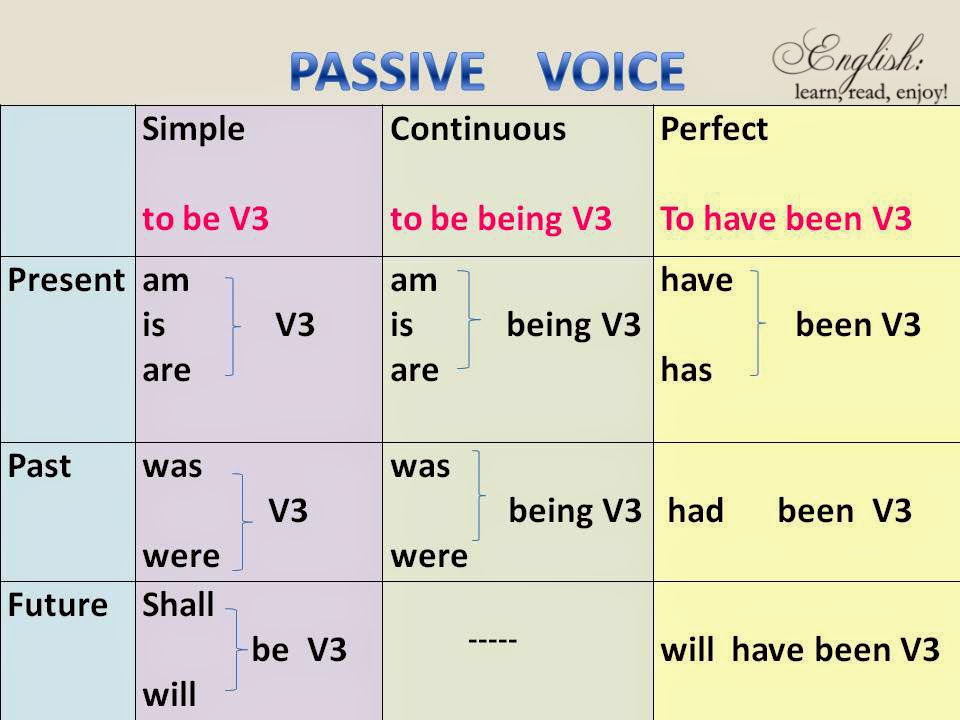
Though both should be part of regular auto maintenance, balancing isn’t the same as getting an alignment. Wheel alignment corrects the angles of the tires so they travel in the same direction and make contact with the road properly. Alignment reduces uneven tire wear and extends the life of your tires. Oftentimes tire balancing and alignment are perceived to be the same thing, but are not.

Tire balancing and rotation are often done at the same time, but they aren’t the same service. Tire rotation is when a vehicle’s front and rear wheels are switched to even out tread wear between them. Since both require removing each wheel, it’s convenient to do them at the same time.
Vibration when underway could be caused by an imbalanced tire and wheel assembly or something else — a bent wheel, a damaged tire (which won’t be fixed by balancing), worn suspension parts or other aging components. If you feel a vibration, don’t wait to get it diagnosed. You’ll head off other problems — and enjoy a smoother ride — when your tires are well balanced.
Schedule an Appointment
LADA
UAZ
KIA
Hyundai
Renault
Toyota
Volkswagen
Skoda
BMTs
BMAN
BMARS
BMAN
Mitsubishi
Mazda
Ford
All brands
Related materials
Seasonal tire change: everything car owners need to know
To begin with, a small educational program. Balancing is the alignment of the center of mass of the wheel with the axis of rotation. In this case, the loads are fixed opposite the heavy part of the wheel. This is the definition of static balancing. And since the wheel is not a thin disk, but rather a wide roller, the so-called dynamic balancing is necessary, when loads are placed both on the outer and on the inner parts of the wheel disk. Naturally, the wheels need to be balanced immediately after mounting the tire on the rim: after all, the imbalance can reach 50–60 g on each side. If it turns out more, then it makes sense to "twist" the tire relative to the disk, ensuring their mutual rotation by 180 degrees. With this initial balancing, tire workers provide an imbalance of less than 5 g per side. It is believed that a new tire is capable of slightly changing its position on the disk in the first kilometers, and therefore the balancing will go away a little.
Naturally, the wheels need to be balanced immediately after mounting the tire on the rim: after all, the imbalance can reach 50–60 g on each side. If it turns out more, then it makes sense to "twist" the tire relative to the disk, ensuring their mutual rotation by 180 degrees. With this initial balancing, tire workers provide an imbalance of less than 5 g per side. It is believed that a new tire is capable of slightly changing its position on the disk in the first kilometers, and therefore the balancing will go away a little.
Now let's turn directly to our topic. If you alternately install either winter or summer tires on the same wheels, then you cannot avoid balancing. There is nothing to argue about here. The question of balancing every season arises only for those car owners who have two complete sets of wheels: summer and winter.
Related materials
Routine work that everyone ignores (and in vain!)
So, should the wheels be balanced at every seasonal change?
If you approach the process formally, then you should remember the instructions for the car.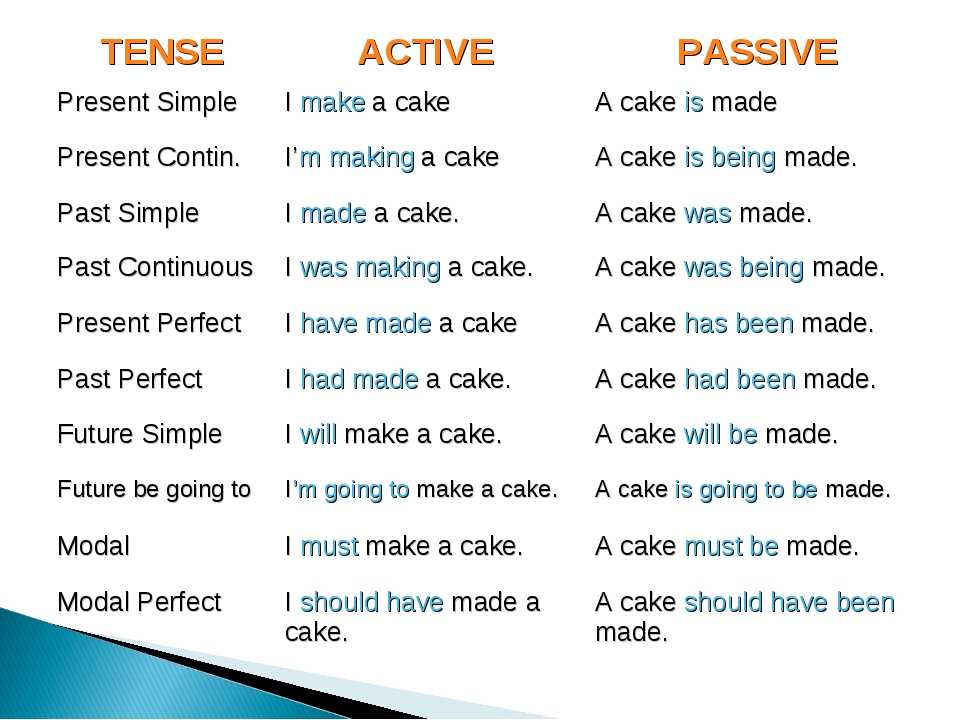 It is usually recommended to balance the wheels after a run of 10,000 to 15,000 km. If you drive less in one season, then you definitely shouldn’t balance, except for the cases specified below.
It is usually recommended to balance the wheels after a run of 10,000 to 15,000 km. If you drive less in one season, then you definitely shouldn’t balance, except for the cases specified below.
But this is in theory, but in practice I advise you to monitor the behavior of the car. If there is no noticeable beating of the steering wheel, then balancing is not needed. The beating of the rear wheels is felt less, but they usually suffer less often. In any case, you should feel a strong imbalance.
If you change your own wheels twice a year, the following recommendation applies. Put the wheels on and ride for a couple of days. During this time, the tire will get rid of the deformations that occurred during storage. If there are no vibrations at any speed with which you drive, balancing can not be carried out.
Related materials
10 procedures without which it is better not to drive
Balancing is required in the following cases:

Photo: depositphotos.com
Our new video
New Russian sedan at the price of Vesta on tests "Behind the wheel"
When will the Russian electric truck EVM Pro appear? Details known
Test of the most modern in the history of the Volga GAZ-3111
Like this post? Subscribe and you will always be in the know!
Driving in Zen
An important point in the operation of the car is wheel balancing. Thanks to this operation, it is possible to eliminate the imbalance that occurs for a number of reasons. Novice motorists are mistaken in believing that it is enough to balance the wheels once during a tire change. Unfortunately, it is required to visit a tire fitting much more often, because the loads on the wheels during the operation of the machine can lead to their imbalance over time.
Contents of the article:
Despite the constant improvement in the quality of car tires, it has not yet been possible to achieve the perfect balance of rubber during manufacture.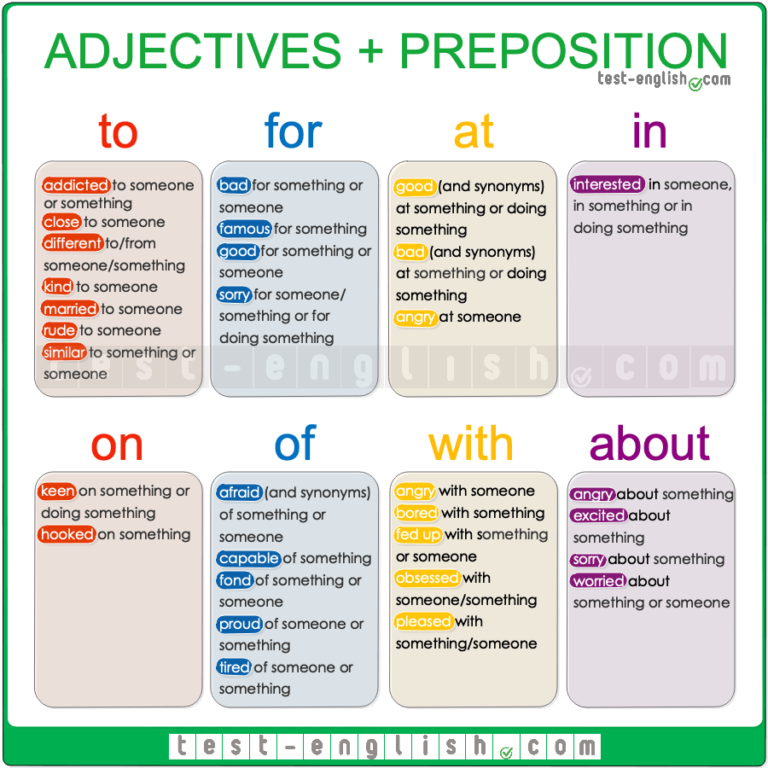 Yes, and the disks contribute to the imbalance of the entire wheel structure.
Yes, and the disks contribute to the imbalance of the entire wheel structure.
Specialists distinguish between static and dynamic types of wheel imbalance. They are successfully eliminated by hanging special balancing weights on the disk. Some car owners require that the weight be glued to the inner surface of the rim so as not to spoil the visual appeal of the wheels. However, in some cases, to eliminate the imbalance, one has to make sacrifices and stuff weights on the edge of the disk.

There are a few important things a tire fitter should consider when balancing. This will reduce the risk that the motorist will have to visit the car service unscheduled due to compensating weights lost during the operation of the car. The sequence of balancing work should be as follows:
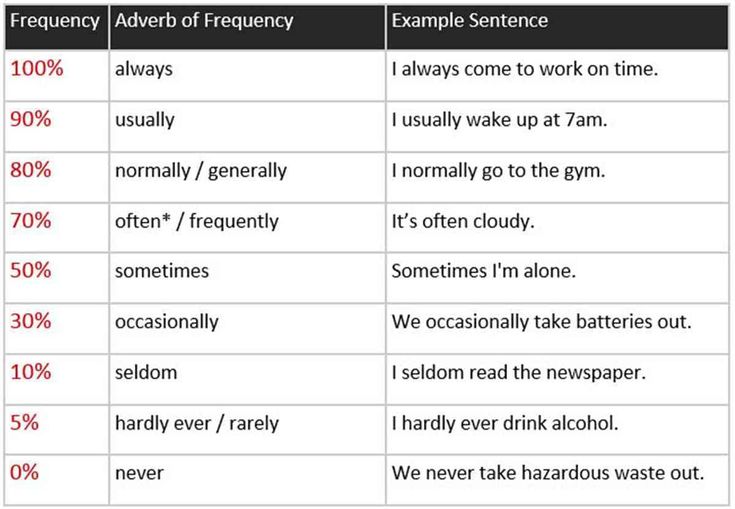
Beginning car enthusiasts should be aware that putting decorative caps and other accessories on a balanced wheel can cause imbalance.
The number of visits to a tire shop for wheel balancing directly depends on the frequency and accuracy of using the car in everyday life. The starting point is considered to be a mark of 10-15 thousand km. mileage if the car is moving on good roads. Most automakers recommend sticking to these numbers. However, ideal road surfaces are not yet found everywhere. Here are some useful tips on the topic to listen to:

Delaying wheel balancing is quite dangerous. In the presence of an imbalance, uneven and accelerated wear of the tread occurs. A strong runout of the wheels also negatively affects the details of the suspension, steering mechanism and brake system. Therefore, taking care of the wheels should be another item on the list of car maintenance.